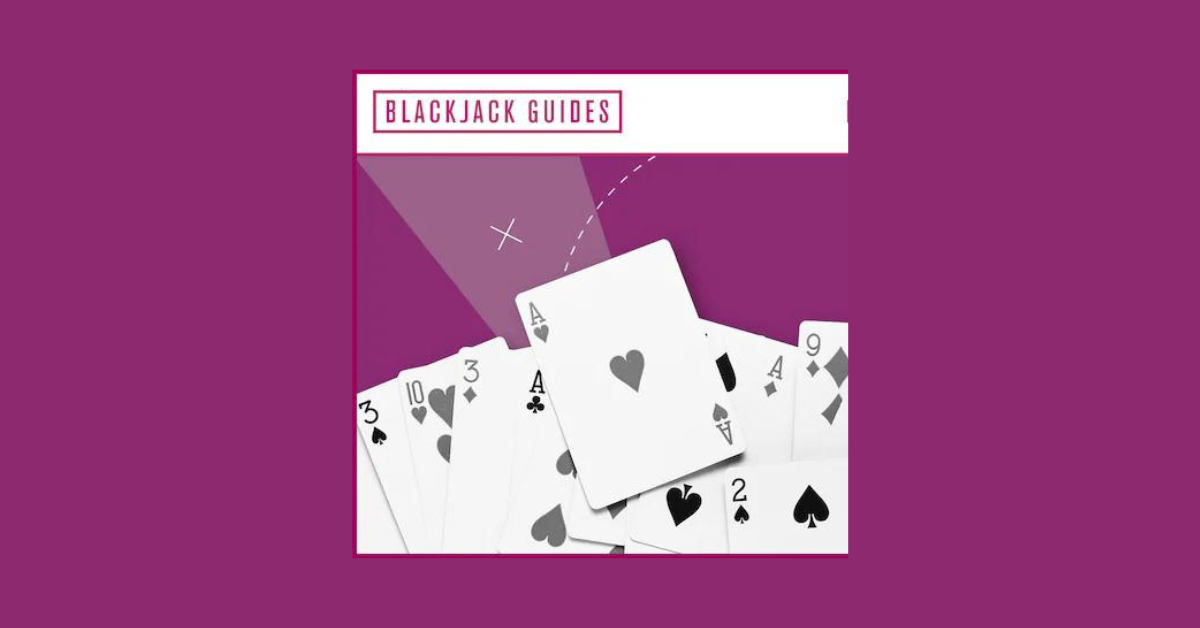Key Factors to Consider Before Betting High in Blackjack
Before placing high bets in blackjack, it is crucial to have a clear understanding of the game rules and strategies. Familiarize yourself with the basic rules such as the value of cards, the goal of reaching 21 without going over, and options like hitting, standing, doubling down, and splitting pairs. Additionally, grasp different strategies like basic strategy charts that advise on the best moves based on your hand and the dealer’s upcard. Developing a solid foundation of knowledge will help you make more informed decisions when wagering larger amounts of money.
Another key factor to contemplate before betting high in blackjack is evaluating your bankroll and risk tolerance. Determine how much money you are willing to allocate towards playing blackjack and establish boundaries to prevent overspending. Assess your risk tolerance level to decide on an appropriate bet size that aligns with your comfort level. Remember that blackjack is a game of both skill and chance, and it is essential to strike a balance between taking calculated risks and managing your bankroll responsibly.
Understanding the Game Rules and Strategies
In the game of blackjack, players aim to get a hand value closer to 21 than the dealer without going over. Each player is dealt two cards initially and can choose to hit (take another card) or stand (keep the current hand). Understanding the value of each card is essential, as numbered cards are worth their face value, face cards are worth 10, and Aces can be worth either 1 or 11.
Developing a sound strategy in blackjack involves knowing when to hit, stand, double down, split pairs, or surrender. It is crucial to consider the dealer’s upcard when making decisions, as it can significantly impact your choices. Memorizing basic blackjack strategy charts can help guide your gameplay, giving you the best statistical odds of winning in various scenarios. Practice and experience play a crucial role in mastering these strategies, as knowing when to deviate from the basic strategy based on specific circumstances can greatly enhance your gameplay.
Evaluating Your Bankroll and Risk Tolerance
Having a clear understanding of your bankroll and risk tolerance is crucial before placing high bets in a game of blackjack. Your bankroll refers to the amount of money you have set aside specifically for gambling purposes. Assessing your bankroll involves determining how much you are comfortable wagering without putting your financial stability at risk. It is important to set a budget and stick to it to prevent overspending and potential financial strain.
Moreover, evaluating your risk tolerance will help you determine how much volatility you can handle in your gameplay. Some players are more conservative and prefer smaller, consistent bets, while others are comfortable with taking higher risks for the chance of greater rewards. Understanding your risk tolerance will guide you in making strategic decisions when facing different betting options during the game. By aligning your bets with your risk tolerance level, you can enjoy the game more responsibly and increase your chances of successful outcomes.
Analyzing the Dealer’s Upcard
When playing blackjack, one crucial aspect to consider is the dealer’s upcard. The dealer’s upcard can provide valuable information that can influence your decision-making process during the game. By analyzing the dealer’s upcard, you can make more informed choices on whether to hit, stand, double down, or split your hand.
The dealer’s upcard can help you assess the likelihood of the dealer busting or getting a strong hand. For instance, if the dealer’s upcard is a 2 or a 3, there is a higher chance that they will have to hit multiple times to reach a strong hand, increasing the probability of them busting. Conversely, if the dealer’s upcard is a 10 or a face card, there is a higher likelihood that they already have a strong hand, making it riskier for you to draw additional cards.
Assessing the Count and Card Composition
One crucial aspect of playing blackjack at a higher betting level is the ability to assess the count and card composition. Keeping track of the cards that have been dealt can provide valuable information on the likelihood of receiving favorable hands. By observing which cards have already been played, players can make more informed decisions on when to increase their bets or when to play it safe.
Understanding the count and card composition can also help players adjust their strategies accordingly. For instance, if the count indicates a high proportion of high-value cards remaining in the deck, players may choose to be more aggressive in their betting to take advantage of potentially strong hands. Conversely, a low count may signal a higher probability of unfavorable outcomes, prompting players to adjust their bets accordingly to minimize losses.















